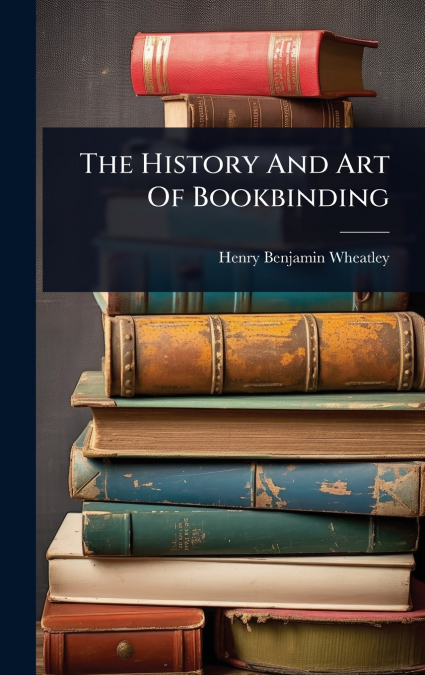
Henry Benjamin Wheatley
âThe History And Art Of Bookbindingâ by Henry Benjamin Wheatley offers a comprehensive exploration into the intricate world of bookbinding, tracing its evolution from the earliest methods to more modern techniques. This meticulously researched work delves into the materials, tools, and styles that have defined bookbinding across different periods and cultures. Wheatley’s detailed descriptions and historical insights make this book an invaluable resource for collectors, historians, and anyone fascinated by the craftsmanship behind the creation of books.Illustrated with numerous examples, the book examines the various leathers, cloths, and decorative elements used in binding, as well as the techniques employed by master binders throughout history. From simple, functional bindings to elaborate, artistic creations, Wheatley captures the essence of bookbinding as both a practical craft and an art form. This classic text remains a significant contribution to the field, offering a rich understanding of the historical and aesthetic aspects of book production.This work has been selected by scholars as being culturally important, and is part of the knowledge base of civilization as we know it. This work was reproduced from the original artifact, and remains as true to the original work as possible. Therefore, you will see the original copyright references, library stamps (as most of these works have been housed in our most important libraries around the world), and other notations in the work.This work is in the public domain in the United States of America, and possibly other nations. Within the United States, you may freely copy and distribute this work, as no entity (individual or corporate) has a copyright on the body of the work.As a reproduction of a historical artifact, this work may contain missing or blurred pages, poor pictures, errant marks, etc. Scholars believe, and we concur, that this work is important enough to be preserved, reproduced, and made generally available to the public. We appreciate your support of the preservation process, and thank you for being an important part of keeping this knowledge alive and relevant.